Research
The Mitragotri group is engaged in the research field of drug delivery and biomaterials
Our research has advanced fundamental understanding of transport processes in biological systems and has led to the development of new materials as well as technologies for diagnosis and treatment of various ailments including diabetes, cancer, arthritis, hemorrhage and infections, among others.
Drug delivery can be broadly defined as the science and engineering of converting potent drugs into beneficial therapies. Successful drug delivery methods facilitate one or more processes including drug administration, absorption and targeting. At a fundamental level, the challenge in drug delivery reflects the fact that achieving the desired biodistribution of drugs in the body is limited by the body’s natural metabolic processes and transport barriers. Our research aims at developing a fundamental understanding of these transport barriers and overcoming them through the development of novel technologies. Some recent technologies include the following:
Cellular Backpacks
Backpacks are drug delivery systems that adhere to immune cells without uptake. Our lab delivers a range of drugs from cell-adhered ‘backpacks’ that bind to cell membranes and modulate the inflammatory state of both the carrier cell and other tissue-resident immune cells. We have shown that backpack attach to monocytes, circulate in tandem and target delivery to the inflamed skin, lungs, or brain in response to natural biological cues. We are interested in using backpack technology to improve the efficacy of autologous cell therapies, and to treat a range of indications from autoimmune disease to cancer.
Ionic Liquids
Ionic Liquids (ILs) are a class of materials that are comprised of bulky salts and as a result they are liquids below 100 C, and some even at room temperature. Their highly tunable nature and wide range of physiochemical properties have allowed for the creation of biocompatible ILs, which can be used in medicine. Our lab focuses on leveraging these characteristics to deliver small molecules, proteins and other macromolecules in new ways. Our lab has developed ILs for various applications including transdermal drug delivery of proteins and siRNAs, oral delivery of proteins including antibodies, treatment of skin and ocular infections, vaccine adjuvants and mucosal delivery agents, among others.
RBC Hitchhiking
Red Blood Cells (RBCs) are the most ubiquitous cells of the body. We use RBCs to address the challenge faced by nanomedicine for site-specific delivery. We allow nanoparticles to hitch a ride on RBCs, allowing them to evade immune clearance and target organs such as lungs and spleen. Our RBC-hitchhiking nanoparticles can deliver small molecules, peptides, proteins and antibodies to target organs.
Microfluidics
Microfluidics is a powerful tool to conduct in vitro studies under microscale flows. The precisely-controlled geometry and flow conditions of microfluidics systems enable the construction of complex tissue cultures and the rendering of pathophysiological cell activities which are difficult to achieve in bulk setups. Our lab focuses on developing in vitro microfluidic models to study drug delivery mechanisms and evaluate drug pharmacokinetics in a preclinical setting, which serve as both a complement and an alternative to in vivo animal studies.
Self-Assembled Systems Based on Polymers and Liposomes
Self-assembled systems such as liposomes and polymer conjugates offer distinct advantages as carriers for therapeutics. Current research in the lab involves the delivery of dual drug combinations within a single liposomal or polymeric formulation, which involves overcoming differences in drug properties to achieve co-encapsulation. Additionally, we are interested in delivering immunoactive components along with small molecular drugs to control the tumor immune microenvironment.
Hydrogels
Hydrogels are a class of polymeric materials consisting of 3D crosslinked networks and large amounts of water. The ability to retain water or biological fluids under physiological conditions makes hydrogels a unique class of materials that can resemble living soft tissue, opening up vast opportunities for applications in clinical settings. Our lab focuses on designing novel hydrogels and leveraging these characteristics to achieve efficient drug delivery via either injection or implantation.
